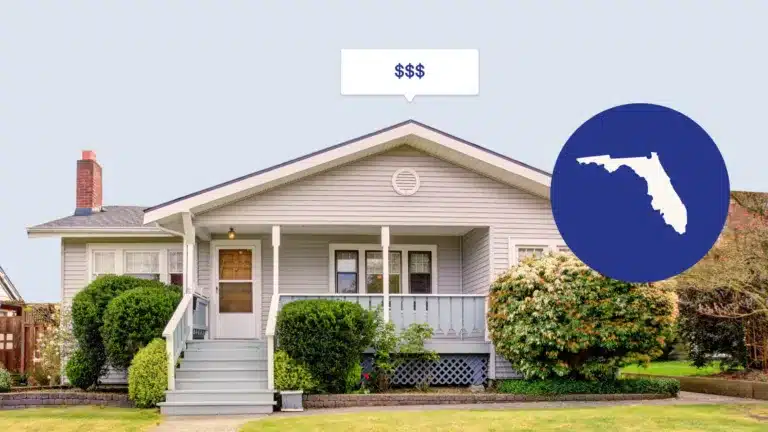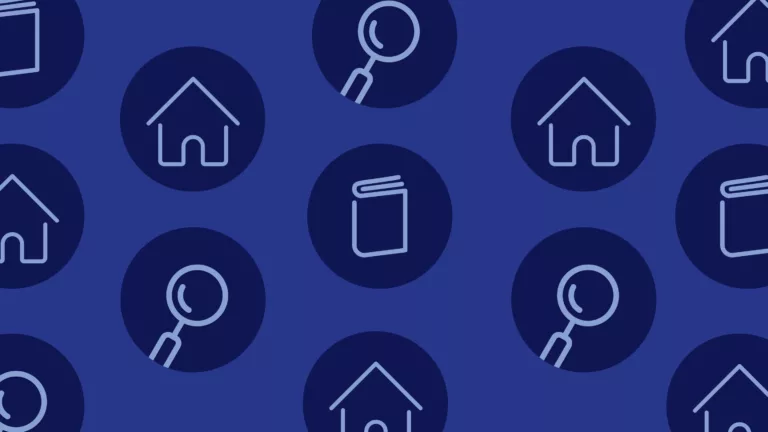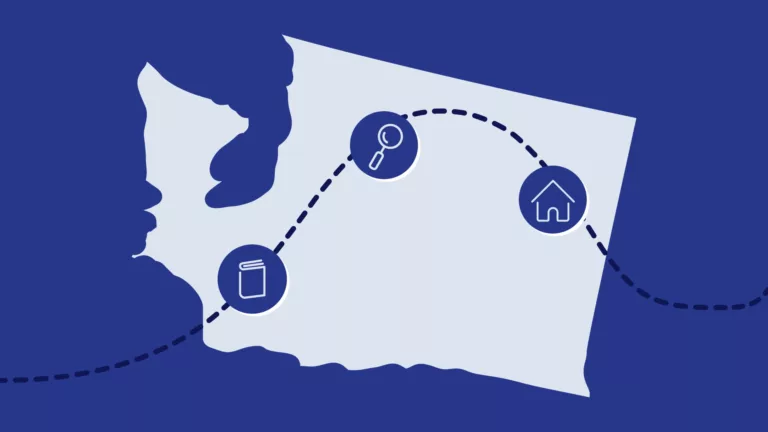Mortgage rates change quickly – and last week was no exception. Below are my thoughts on what happened with the market, along with key takeaways from Wednesday’s Fed meeting and what it could mean for you in the long run. Submit your questions about the market to MortyReport@morty.com, or on Twitter @RobMortgages.
– Robert Heck, Vice President of Mortgage at Morty
What To Know Now
- Rates volatility persists on the heels of the Federal Reserve meeting on May 4.
- Inventory remains low, sustaining high prices and buyer demand.
- With inflation’s path still uncertain, the market’s trajectory remains difficult to predict.
- Want to know what you can afford? Find today’s rates here.
Not sure what to do? Ask Robert! Submit your questions to MortyReport@morty.com or on Twitter @RobMortgages for a chance to be answered in the next Morty Report!
Factors Influencing The Market
Headlines last week ran the gamut: Mortgage rates hit 5.27%, the highest since 2009. The Freddie Mac benchmark is at the highest level in some time. Rates stabilized immediately following Wednesday’s Fed meeting, but had swung back by the end of the day Thursday. Uncertainty and volatility remain.
The Fed announced an interest rate hike of half a point – the biggest in over 20 years. But it was widely expected, and therefore largely reflected in the mortgage rate uptick we’ve seen over the past few weeks. In fact, the half-point hike came as a relief to many concerned that spiraling inflation would mean larger hikes were on the way.
While it’s going to take time for the impact of this rate shift to play out in the housing market, it does represent renewed confidence in the Fed’s ability to stamp out inflation without resorting to extreme rate hikes. And as we face a busy purchase season with continued low inventory, the road ahead for the market remains largely unpredictable.
What To Do
Considering an adjustable-rate mortgage (ARM)? An ARM can be a good option if you’re seeking lower upfront rates in a rising rate environment. They offer more flexibility with a lower interest rate and monthly payment during the initial term (learn more in this beginner’s guide). But you’ll want to track what your rate might become once it begins to adjust as you near the end of your fixed-rate period. You can use Loan Options, Morty’s interactive quote tool, to help determine your eligibility.
Worried about low inventory? Buyers should keep close tabs on inventory, the same as rates. Inventory levels remain low generally speaking, but it can vary widely depending on your local market. While the impact of inflation has driven rates upward, high prices have been sustained by limited inventory across markets. Rate levels haven’t yet reached the point of having a meaningful impact on demand, and this is unlikely to change until inventory increases.
Wondering if rates and prices will continue to rise? Probably. Affordability has certainly taken a hit as prices and rates have gone up – but there’s still opportunity in the market for those who are ready to buy and know what they can afford. Current rate levels don’t automatically mean you should sit out the market entirely. As long as inventory is low and total units remain near current levels, home prices should remain stable.
Reader Question of The Week
I’ve lost a few bidding wars and feel like I might’ve missed my chance to buy. Am I better off renting until rates come back down even if I can still afford to buy? – Anand P., Fort Worth, TX
It’s difficult to time the market. Whether or not you should wait out current rate levels really depends on your overall financial situation and future plans. Rents in many areas have risen as well, so it’s worth breaking down your overall homeownership costs (beyond just your mortgage) to understand which is the right choice for you. As future rates and price growth remain uncertain, consider your long-term financial goals when making a decision about buying – regardless of the current rate levels.










